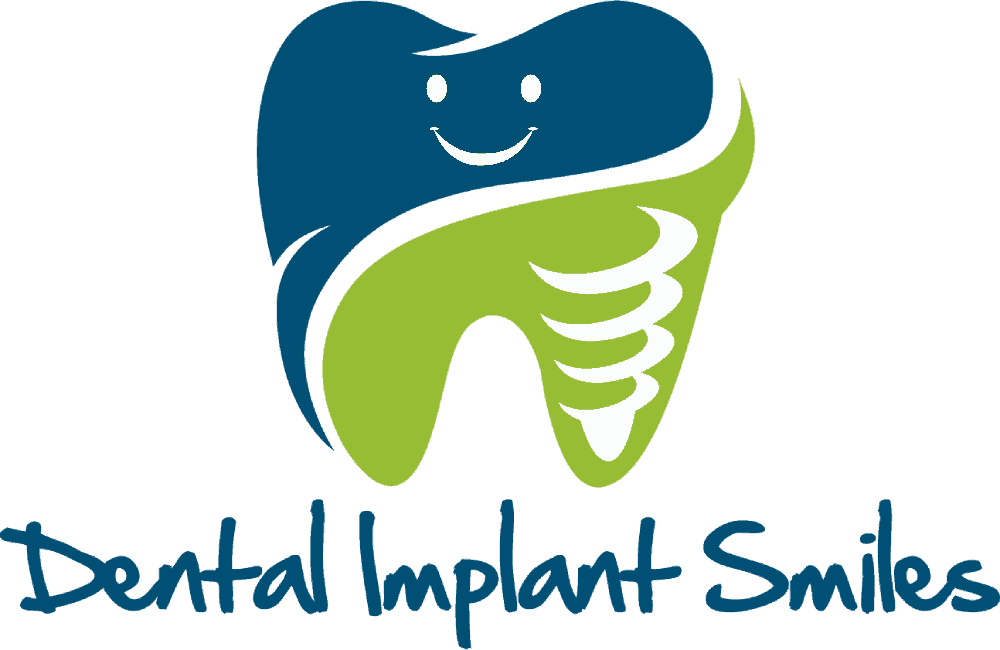Socket Preservation
What is Extraction & Socket Preservation?
Socket preservation is a surgical technique for preventing bone loss & preserving the jawbone when teeth are extracted. It involves the use of regenerative materials: “bone and membranes.”
Procedure:
- The process begins with atraumatic tooth extraction where every attempt is made to preserve the bone and gums surrounding the tooth. This is done by being careful not to fracture (break) the delicate bone surrounding the tooth. (Image 1)
- Bone graft is then added into the space “socket” where the tooth or teeth were. (Image 2)
- A resorbable membrane is then used to cover the bone to prevent bone from leaking out of the socket. (Image 2)
- Gum tissue grows over the membrane within 3 weeks and then the membrane resorbs gradually over 2-3 months while the bone graft is solidifying (Image 3)
- The bone graft turns from donated bone to your bone & solidifies and “remodels” in 3-4 months (Image 4) allowing for implant placement in wide bone (Image 5)
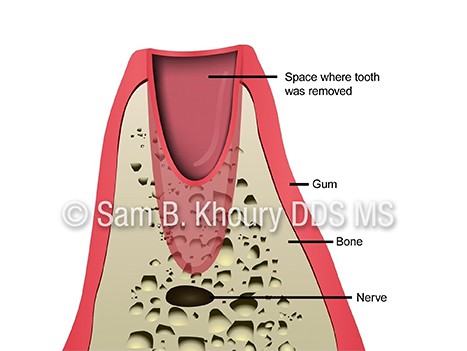
Image 1
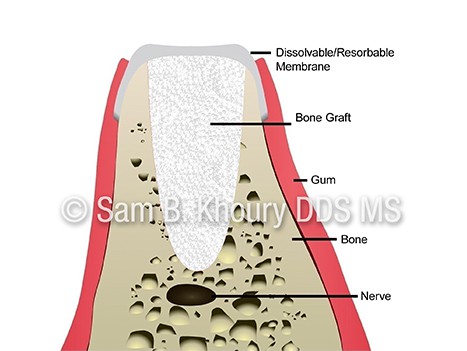
Image 2: Bone Graft and Membrane placed in the socket
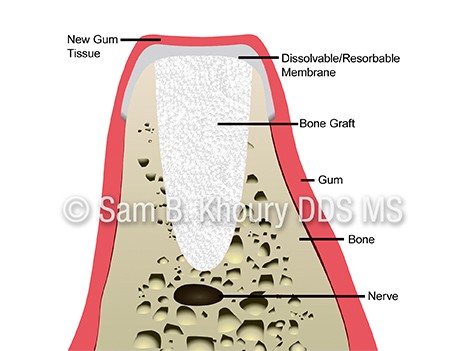
Image 3: Gum tissue grows over the membrane within 3 weeks
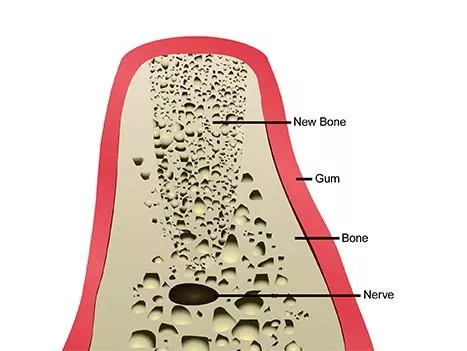
Image 4: Bone graft becomes human bone & “remodels” and solidifies in 3 to 4 months.

Image 5: Implant placed in wide bone
Bone information:
Allograft (Human Donated Bone) is used. It is sterilized and screened to be free from Hepatitis, HIV and other potential diseases as the bone preparation process is rigorous. All donors are carefully preselected by the special labs and companies that process the bone.
Allografts will remodel more completely into your own bone than other bone grafts overtime.
This ideal bone graft maintains the space of the extraction socket during healing while acting as a stimulant for new bone formation and replacement.
What can be the consequences of not grafting?
1. The loss of ridge “jaw” width and height following tooth removal is well documented in the literature. Ridge width loss can be as much as 50% over a 12-month period with 2/3 of the loss occurring in the first three months following toot removal. The surgery to correct the narrow/resorbed bone defect is more difficult, expensive, and less predictable than grafting the socket initially at the same time after extraction. (Images 6 and 7)
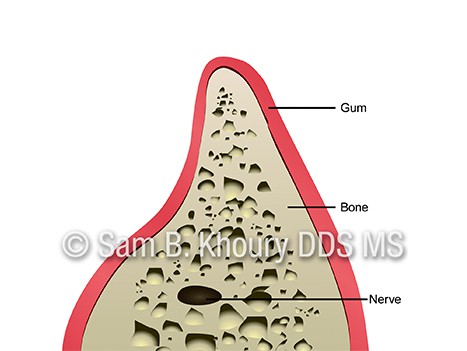
Image 6: Narrow Resorbed bone
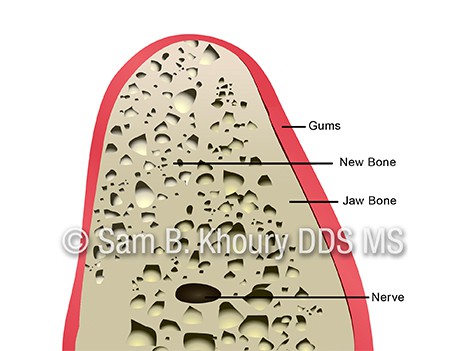
Image 7: Wide bone after bone socket preservation
2. Collapse and expansion of the sinus cavity when maxillary “upper” teeth are extracted, and the area can heal without bone. (Image 8 vs Image 9)
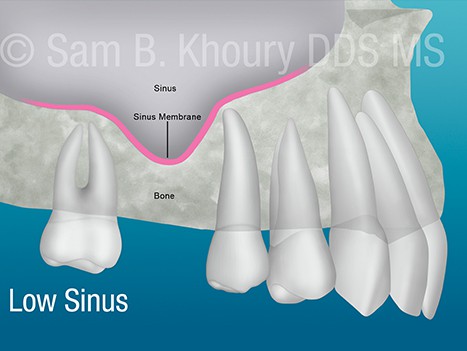
Image 8: Collapse and expansion of the sinus cavity
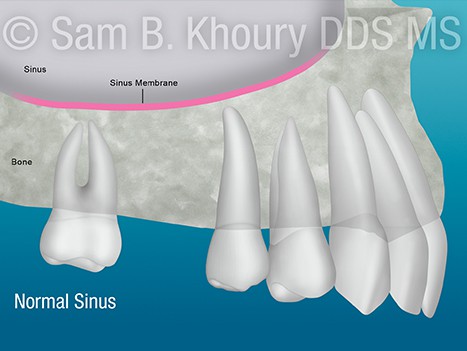
Image 9: preserved sinus location without expansion after bone socket preservation
What is the benefit to the patient?
1. Most importantly, socket preservation maintains the bone architecture/dimensions in the jaw and restores the jaw to its original form.
2. Minimizing bone loss will also result in better esthetics.
3. Significantly reduces the loss of ridge width and height following tooth removal.
